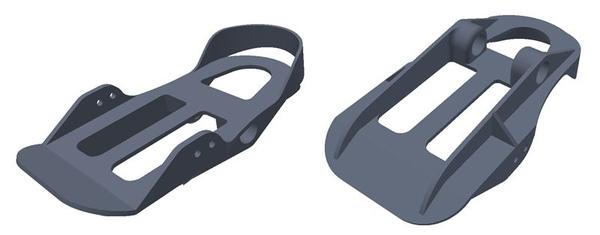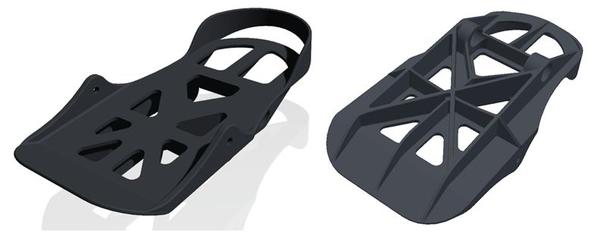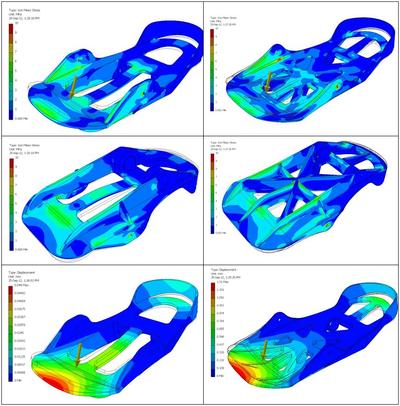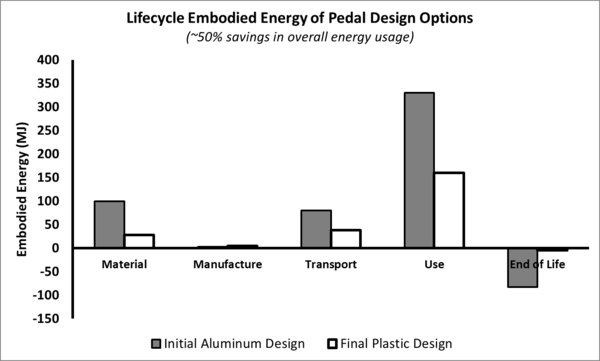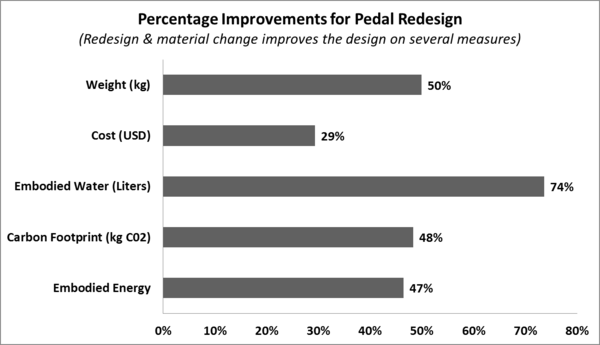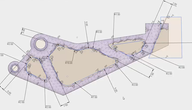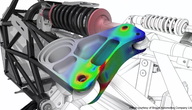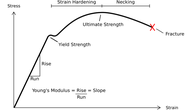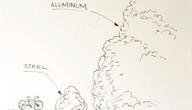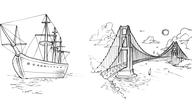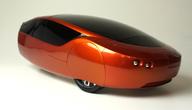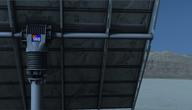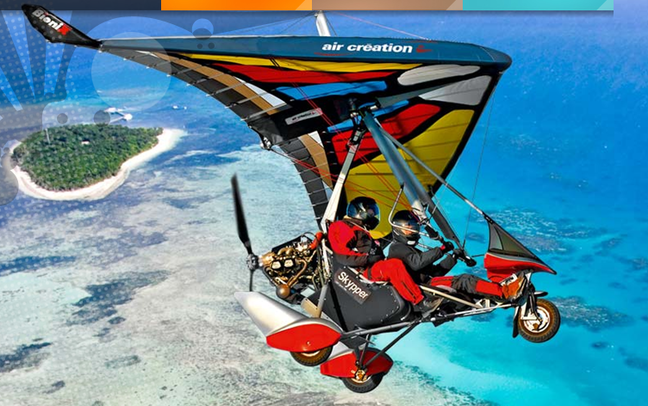
An ultra-light airplane manufacturer, Air Creation, was looking for places to shed weight. They identified the steering pedals for a redesign. The original pedals were aluminum, and redesigning them using a plastic material allowed them to reduce their mass by 50%. They made extensive use of stress analysis in FEA to optimize the design, and reinforcing ribs, of the new part. Taking into account the lifecycle of the aircraft, this lightweighting effort reduced embodied energy by nearly 50%, while also reducing the cost of the part.
Autodesk Software Used:
Identifying opportunities for lightweighting
The design of Air Creation’s plane has a very few massive parts. The engine is the largest contributor to weight (besides the passengers), but it’s generally an “off the shelf” component for which design change is more challenging.
The manufacturer identified the two massive aluminum die castings that were used to make the pedals that steer the plane. Each pedal weighted about 0.5 Kg, so quite massive for a small part on a machine that only weighs 112 kg total.
The design of the initial aluminum pedals
Simulation played an important role in finding the right alternative design that respected all environmental, technical and economical criteria.
Design requirements
The pedals were initially designed without the use of any simulation tools. In such cases, products are often over-built to avoid any error. In this case, the stress levels were far from the allowable stresses – so a different design or different material (with a lower stress limit) could be used. The challenge was to analyze the change of material to a rather lighter and cheaper plastic material.
In addition to the stresses, keeping within displacement/ deformation limits was also critical in this case. Because these pedals are used for steering, they need to be very stiff and responsive to the driver’s actuation.
An additional constraint was to reuse the same die for plastic pedals after any design modification.
Solution
We started off by simply taking the initial aluminum part CAD and changing its material from aluminum to plastic in the simulation software. The conclusion was that part would not be strong enough under the same operating conditions. It needed modification to strengthen it.
However, to be able to reuse the existing aluminum mold, the only design changes allowed was addition of material (resulting in new cavities in the existing mold). A challenging starting place for a lightweighting effort!
Different stiffening rib configurations were tested to find the best layout of ribs and their thicknesses, keeping the mass to minimum while respecting the required strength of the design.
The redesigned plastic pedals
Lightweighting Results
With the help of simulation, we were able to cut down the mass of the part to half.
| Initial Design | Redesign | |
| Material | Alu 2017 | PA66+30% Glass fiber |
| Mass | 0.48 Kg | 0.23 Kg |
| Maximum Displacement | 0.049mm | 1.3mm |
The new pedal design in plastic resulted in a total of 0.5 Kg mass savings per aircraft (0.25kg per pedal, two pedals) while having the same stress distribution as the initial aluminum. Meanwhile, the maximum deformation remained within the tolerable limit.
Visualizations from the stress and deformation analyses
In addition the same mold was modified to manufacture the new design with this lighter material.
Embodied Energy & Lifecycle Impacts
Using the Autodesk Eco Materials Adviser (EMA), we can take this analysis a step further and quantify some environmental impacts of this design change.
It’s important to note that, in this case, the material change from aluminum to plastic required significant design changes. In order to use the EMA tool to effectively compare plastic with aluminum, you can’t just change the material of the original part and use the built-in comparative dashboard. You have to run the analysis separately for each design option, and then compare the results using Excel or another data analysis tool.
Running the analysis shows that the embodied energy of PA66 + 30%GF (datasheet from EMA) is about half as energy intensive as aluminum 2017 (datasheet from EMA) per unit weight (~100 MJ/kg vs. ~200 MJ/kg). And, furthermore, the part is lighter.
So on this specific pedal, a quick analysis shows that the embodied energy of this part, just for primary material production, goes down from 100 MJ to 28 MJ. That’s a 72% reduction.
This isn’t the full story though. If you take into account the end-of-life impacts based on this material change, those gains effectively go away because aluminum is much more commonly recycled than PA66+GF.
Even so, looking at the overall lifecycle of the aircraft (assuming heavy hobbyist usage1), we see that the use phase impacts of the pedal design dominate. By making the pedal 50% lighter, the analysis shows us that we’ve reduced the use phase energy and transportation energy by roughly 50% as well. It’s ideal to do some sensitivity analysis on this to see what the impacts are in different use scenarios.
Figure 1: Lifecycle Embodied Energy of Pedal Design Options
Looking at this chart, we can see that even for a recreational vehicle that uses unleaded gasoline and is only used about 20 days per year – the use phase impacts of a part that it carries would still dominate over the course of its lifetime. Imagine how much larger that impact would be for a commercial airliner that flies much more often.
Taking everything into account, and considering both pedals on the aircraft, the overall embodied energy of the revised plastic design reduces embodied energy use 47% (400 MJ), carbon footprint 48% (30 kg), embodied water use 78% (840 liters), and cost 29% ($1.00, based the costs raw materials only, as listed within EMA). Download EMA reports (Aluminum; PA66+30%GF).
Figure 2: Percentage Improvements for Pedal Redesign
- Use:
- 20 year product life
- Used 20 times per year
- Travel 350 km/day
- Unleaded gasoline – high octane
- Transportation:
- 12,000 miles
- Long haul airfreight
| Attachment | Size |
|---|---|
| 70.43 KB | |
| 73.21 KB | |
| 212.15 KB | |
| 212.49 KB |

